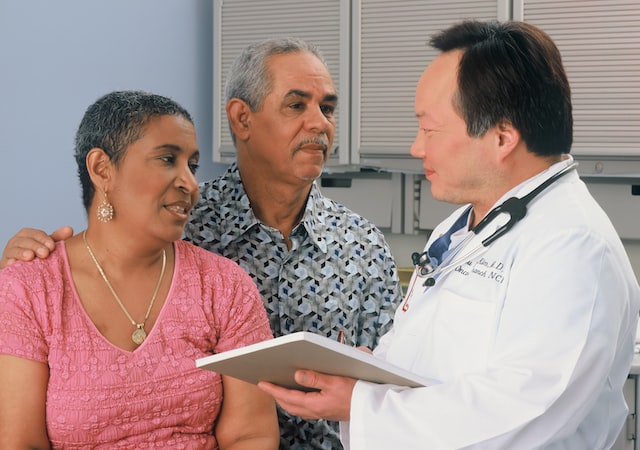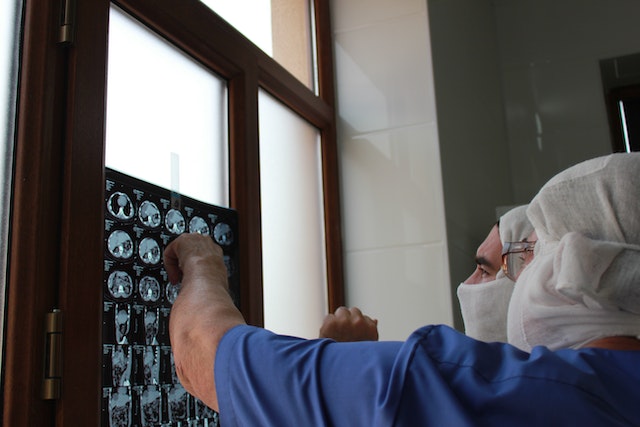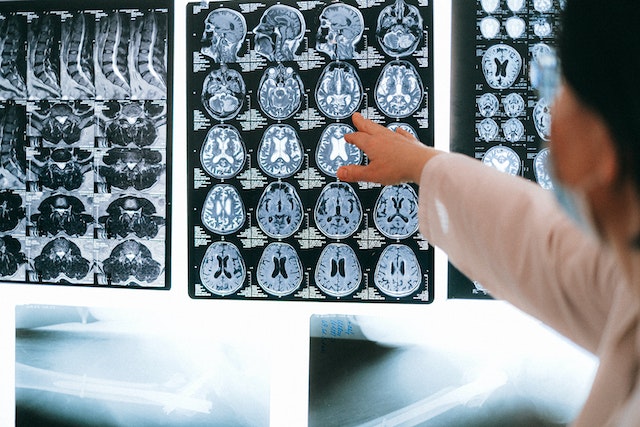March is National Colorectal Cancer Awareness Month: How to Encourage Your Patients to Get Screened
What Is Colorectal Cancer?
Colorectal cancer is a form of cancer that grows in the colon or rectum, which are parts of the large intestine. Typically it develops as a polyp or growth along the inner lining of the rectum or colon, becoming cancerous over time.
Colorectal cancer is the third most common cancer diagnosis in men and women globally. Approximately 1 in 23 men and 1 in 26 women will develop colorectal cancer during their lifetime depending on their overall risk factors. Preventive measures like regular screenings can help detect colorectal cancer early when it is easier to treat.
Symptoms of colorectal cancer may include rectal bleeding, changes in bowel habits, fatigue, abdominal pain, and unexpected weight loss. However, early stages of the disease may not show any symptoms.

Encourage Your Patients to Get Screened
The U.S. Preventive Services Task Force recommends adults ages 50 to 75 should be screened for colorectal cancer. Here are some tips for healthcare providers to encourage and educate their patients to get screened for colorectal cancer:
- Talk to your patient: Start the conversation by going over the importance of regular screening. Discuss the symptoms, risk factors, benefits of early preventative detection, treatment, and other options. Encourage them to talk openly about their health and concerns.
- Go over their screening options: Patients may not realize there are other screening options besides a colonoscopy. Advancements in medical technology include visual or structural exams, non-invasive at-home tests, and multi-target stool DNA tests. Of course, there are also imaging tests using x-rays, and CT scans. Together, you can determine the right screening option for your patients. Use simple language that your patients can understand instead of medical jargon and terms that may sound intimidating.
- Go over the importance of prevention and follow-ups: The best way to mitigate health issues doesn’t end with treatment. It’s equally important that patients understand the importance of follow-ups. Any abnormalities can be quickly detected and treated.
- Offer educational resources: Patients can process and understand colorectal cancer with brochures and other reading material.
Like any medical procedure, the best way to encourage your patients to screen regularly is through consistent communication and education. Patients who are active participants in their healthcare plan are more likely to understand the importance of early detection and screening for colorectal cancer, which fits the goal for National Colorectal Cancer Awareness Month.
Solutions for your Staffing Challenges
If you’re seeking staffing for any of your medical center positions, whether that is for a physician, nurse practitioner or even radiologist, Momentum Healthcare Staffing is here to help! We match the best medical professional candidates to fit your hospital, urgent care center or private practice needs. Call us to learn more: (877) 558-3782.
















Recent Comments